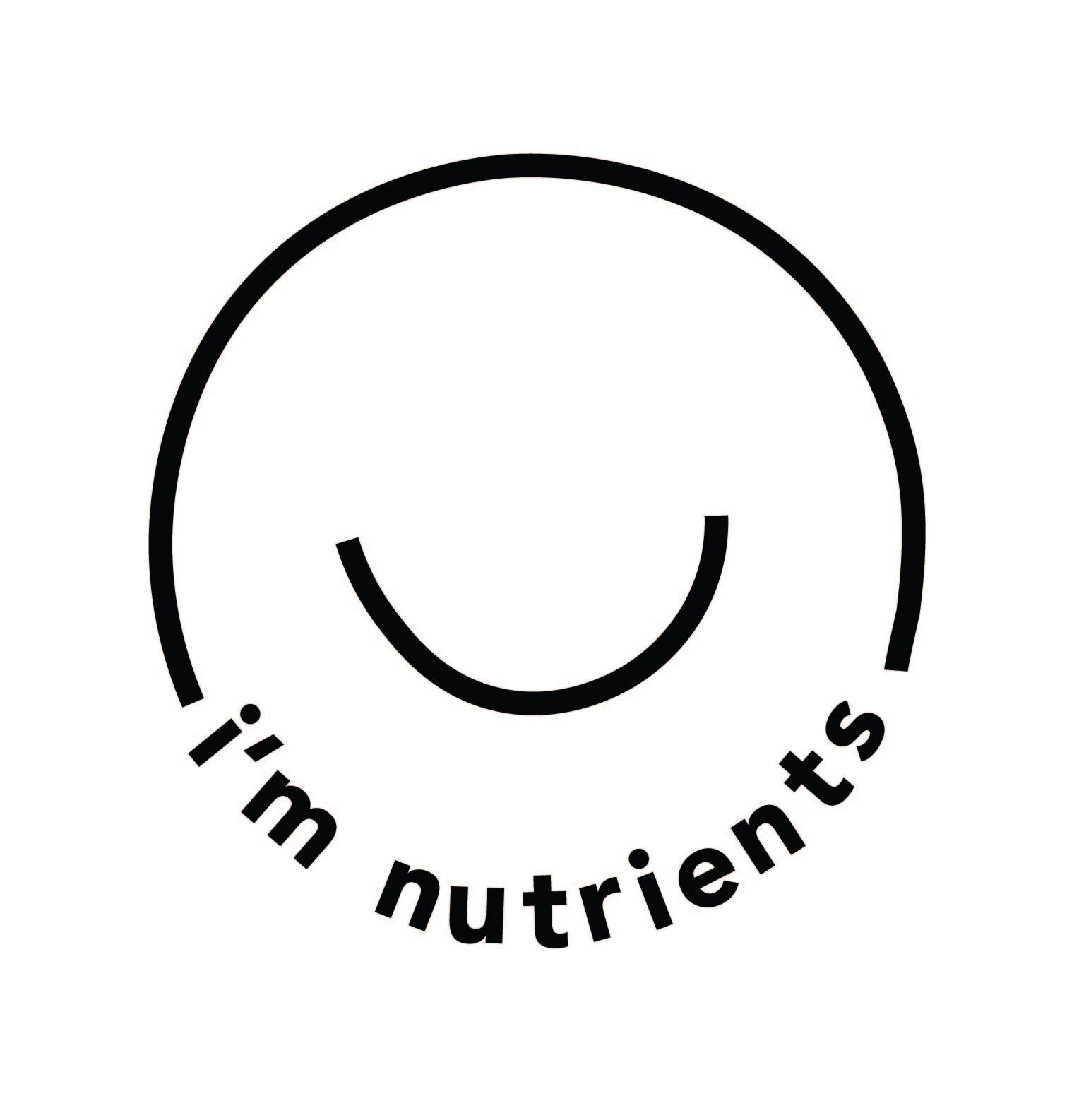Blog
I'm Story
Hi, I’m Brittany. I’m the founder of I’m Nutrients. It all started in 2019 after I could never seem to find the perfect nutrient combinations for my children’s needs. I had a...
A child focused nutrient company, born after struggling to find effective, clean and palatable supplements for my own children.
Sign up and receive a free Kid Friendly Family Meal Plan.

Drop your email here and we will send you a Kid Friendly Family Meal Planner ebook FREE!